Home renovations can be thrilling, but they often come with hidden pitfalls. Many homeowners rush into projects without proper planning, leading to costly mistakes and frustration.
Remodeling mistakes to avoid include poor budgeting, ignoring your home’s style, and hiring the wrong professionals.
Did you know that nearly 35% of homeowners go over budget during renovations? This blog will guide you through common remodeling errors and how to sidestep them. We’ll cover everything from design blunders to execution missteps, helping you create the home of your dreams without the headaches.
Ready for a smooth renovation journey?
Key Takeaways
- Nearly 35% of homeowners exceed their budget during renovations, highlighting the importance of careful financial planning.
- Add 20% extra to your budget for unexpected costs and aim to spend 10-15% of your home’s value on major remodels like kitchens.
- Hire contractors with proper licenses and insurance, and get at least three quotes before making a decision.
- Prioritize quality materials for high-use items like cabinets, flooring, and fixtures to ensure durability and long-term value.
- Balance style with function in your design choices, considering how you’ll use each space daily rather than just focusing on trendy features.
Common Budgeting Mistakes
Money troubles can ruin a home makeover. Budgeting blunders often lead to unfinished projects or costly overruns.
Setting an unrealistic budget
Setting a realistic budget is key to a smooth home renovation. Many homeowners make the mistake of underestimating costs. This can lead to project delays and poor-quality work. A good rule is to add 20% extra to your budget for surprises.
For a $750,000 home, a kitchen remodel should cost between $75,000 and $112,500. This range is 10-15% of the home’s value. Trying to spend less often results in cheap materials and shoddy work.
It’s better to save up or adjust your plans than to cut corners.
The bitterness of poor quality remains long after the sweetness of low price is forgotten.
Experts suggest planning your budget carefully. Research costs for materials and labor in your area. Get quotes from several contractors. Don’t forget to factor in permits, design fees, and living expenses if you need to move out during the work.
A well-planned budget helps ensure your dream renovation becomes a reality.
Underestimating costs
Many homeowners fail to account for all expenses in their renovation plans. This oversight can lead to significant problems in the future. Costs for materials, labor, and permits often end up higher than expected.
Unforeseen issues like hidden damage or code updates can also increase the overall cost.
Prudent renovators add a 20% buffer to their budget for unexpected costs. This extra cushion helps avoid cutting corners or leaving projects unfinished. It’s essential to research prices thoroughly and get detailed quotes from contractors.
Don’t overlook smaller items like hardware, paint, and delivery fees. These can accumulate quickly and exceed your budget if not considered.
Accurate cost estimates require time and effort but are beneficial in the long term. Consult friends who’ve completed similar projects to get practical insights. Online calculators can provide approximate figures, but local prices may vary.
Keep in mind that inexpensive isn’t always the best choice – quality materials often prove more economical over time through better durability and energy efficiency.
Design and Planning Errors
Design and planning errors can ruin a home makeover. Poor choices often lead to costly fixes and unhappy homeowners.
Ignoring the home’s original architectural style
Keeping your home’s original style matters. Many homeowners make the mistake of ignoring their house’s unique look when they remodel. This can lead to a mismatched mess. Your home should flow smoothly from room to room, inside and out.
Good design is obvious. Great design is transparent. – Joe Sparano
Experts say additions should match the existing structure. The American Society of Interior Designers (ASID) can help you find a pro who understands this. They’ll make sure your new changes fit with your home’s character.
This approach keeps your house looking good and may even boost its value.
Sacrificing function for form
Looks can deceive in home renovations. Many folks fall for fancy designs without thinking about how they’ll use the space. A sleek kitchen might wow guests, but it won’t help if you can’t reach the top shelves.
Smart renovations blend style with practicality.
Function should lead the way in your remodel plans. Put outlets where you’ll need them, not just where they look good. Plan your kitchen layout for easy cooking and cleaning. Make sure doors and windows open without hitting furniture.
These small details make a big difference in daily life.
Good design serves your needs first. A beautiful bathroom loses its charm if the shower is too small. An open floor plan sounds great, but it might not work for your family’s lifestyle.
Think about how you’ll use each room before picking trendy features. Your home should work for you, not the other way around.
Execution Missteps
Execution missteps can derail your home renovation. Poor choices in contractors or materials often lead to costly fixes and delays. Avoid these pitfalls to keep your project on track and within budget.
Hiring the wrong contractor
Picking the right contractor is key to a smooth home upgrade. Don’t rush this step. Talk to at least three pros and check their past work. Ask for references and call them. Make sure the contractor’s style fits your vision.
A good match will save you stress and money in the long run.
Look for a contractor who listens to your ideas and offers helpful advice. They should have proper licenses and insurance. Get all details in writing before work starts. This includes costs, timelines, and materials.
A clear contract protects both you and the builder. It’s worth taking time to find the right fit for your project.
Skimping on material quality
Cheap materials often lead to costly repairs down the road. Smart homeowners focus on quality for key items like cabinets and flooring. These elements see daily use and need to stand up to wear and tear.
Investing in durable goods pays off in the long run. You’ll avoid frequent replacements and enjoy your home more.
Good materials make a big difference in how your home looks and feels. They also impact its value. Cutting corners on quality can hurt your investment. It’s wise to spend more on things you touch every day.
This includes faucets, doorknobs, and countertops. Quality materials last longer and perform better, giving you more bang for your buck.
Conclusion
Sidestepping common remodeling errors can save you time, money, and stress. Smart planning, realistic budgets, and careful contractor selection are essential for success. Quality materials and proper permits ensure lasting results.
Balancing style with function creates a home that looks great and works well. Your renovated space will bring joy for years to come if you avoid these pitfalls.
FAQs
1. What are the most common home renovation mistakes to avoid?
The biggest remodeling blunders include choosing the lowest bid without checking credentials, starting construction without permits, and making too many changes during the project. Other errors involve poor planning, ignoring the home’s style, and failing to consider the return on investment.
2. How can I ensure my home renovation project stays on budget?
To keep your renovation costs in check, create a detailed plan before starting. Get multiple quotes from reputable contractors. Allow for unexpected expenses by adding 10-20% to your budget. Avoid costly changes mid-project. Focus on improvements that add value to your home, like updating kitchen cabinets or improving curb appeal.
3. Why is it important to work with a design-build firm for home remodeling?
A design-build firm offers a seamless process from planning to completion. They help you avoid common renovation mistakes by providing expert guidance on design choices, materials, and building codes. This approach often results in better communication, fewer delays, and a more cohesive final product.
4. What steps can I take to minimize the impact of renovation work on daily life?
Plan your renovation in stages to keep parts of your home functional. Set up temporary living spaces if needed. Communicate clearly with your contractor about your daily routines. Consider renovating during mild weather when you can spend more time outdoors. Keep important items accessible and protect your belongings from dust and damage.
5. How do I choose the right contractor for my home remodeling project?
Don’t select a contractor based on price alone. Ask for at least three references and check their past work. Ensure they have proper licenses and insurance. Look for experience with projects similar to yours. A good contractor will provide clear communication, detailed contracts, and realistic timelines.
6. What are some often overlooked aspects of home renovation that can lead to mistakes?
People often forget about lighting, which greatly affects a room’s ambiance. Neglecting to update electrical and plumbing systems can cause future problems. Skimping on quality materials for frequently used items like faucets or door handles is another error. Lastly, failing to consider storage needs, especially in kitchens and laundry rooms, can lead to regrets later.



